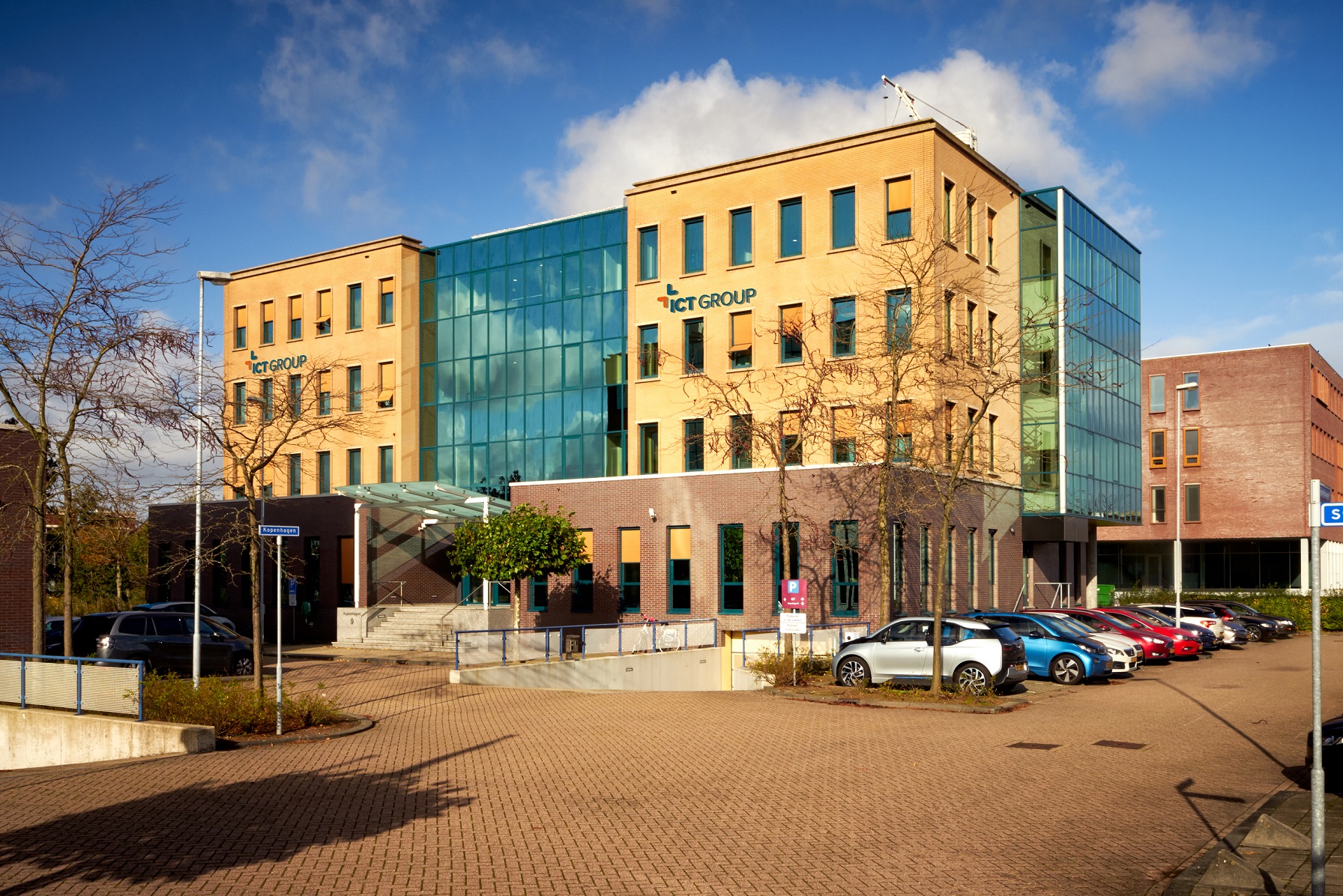
Consumers and chain partners are imposing increasingly stringent demands with regard to infrastructure. Roads, the railway network and the drainage system simply have to work at all times. Transparency and availability are the standard, and downtime is no option. The building industry is able to meet this demand thanks to the application of sensors and the Internet of Things (IoT). Sensors and smart analyses enable predictive maintenance and thus guarantee better services.
Customers demand availability and they don’t want any surprises. Maintenance has to become smarter and more predictable. The present infrastructure is ageing. Digitization, more frequent measurements and digital media are causing exponential growth levels of the information flow. At the same time, the end-user is demanding that organizations respond with pragmatic actions and that they share information. Infrastructure projects are becoming more and more complex in terms of engineering, finance and design. Efficient ways of working are gaining in importance. Sensors are essential enablers and are the key to success.
Intervention before the material fails
Improved insight into the way material performs. That’s what’s required. This means faster action and intervention, well before rails or switches fail. To ensure smarter railBLOG BLOG track maintenance, Bam Infra is deploying new technology, which was developed in collaboration with ICT Group. The company is running special measurement trains over the tracks in order to check the geometry and the status of the overhead wires. By linking this data with GPS information, Bam knows exactly which locations require repairs, and just as relevant, which locations don’t need any repairs. Sensors continuously measure the voltage of the batteries of switch installations to determine when they need to be replaced. The result: fewer failures and trains keep running on schedule.
Less salt on the roads and in the environment
Trains are not the only means of transport that benefit from sensors and data. Road traffic and the environment also experience the benefits. Sensors in the road surface provide preventive data when temperatures fall below zero, and this avoids the need for visual inspections. Salt trucks will only need to spread salt in locations where this is required. This saves costly inspections, as well as a lot of salt that would otherwise contaminate the environment. Brine also affects the road surface. Spreading less salt means that roads maintain their good condition. How do the sensors receive their power? Not by using cables or batteries, but by means of the unused signals of WiFi, 4G and GSM. This doesn’t require any further attention because of the residual energy of these communication networks.
Artificial intelligence keeps an eye on the road
Only 2% of the asphalt shows problems of some sort. Nevertheless, inspectors analyze all the images of the roads with their own eyes. “This process can be made much more efficient”, was the opinion of Bam Infra and ICT Group. And this is why they developed a selflearning model to analyze and classify the digital road surface images fully automatically. The model recognizes holes, cracks and raveling in the asphalt. It also detects the presence of animal residues. The algorithm links the damage reports with geographical data, which determines the exact location of the damage. In addition to increasing the efficiency and quality of inspections, this also clears the way for more flexible and well-targeted maintenance. As a result, inspections are performed faster and traffic flow is improved.
No longer any overflowing toilets at Schiphol Airport
Data is not only used for reducing failures and delays on roads and railways. Data also ensures properly functioning drainage of the toilets at Schiphol Airport. During peak moments, some 50,000 persons use the airport’s toilets every hour. In addition to this huge number of persons using the toilets, the most peculiar objects end up in the drainage system. Approximately 80 pumping stations process some 2.5 million liters of waste water. Any failure of those pumps will cause the toilets to overflow. However, increasing the number of pumping stations is not sufficient to accommodate the growing number of passengers. Analyzing the data obtained from the pumping stations allows Ban Infra to see which pumps are used most intensely or which ones require maintenance. This enables timely intervention and, if required, deployment of other pumping stations.
Do you want to work on challenging projects?
Take a look at our website: www.ict.eu/jobs.
